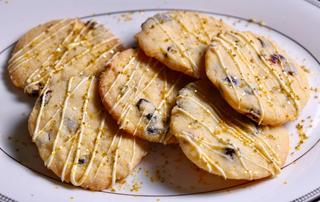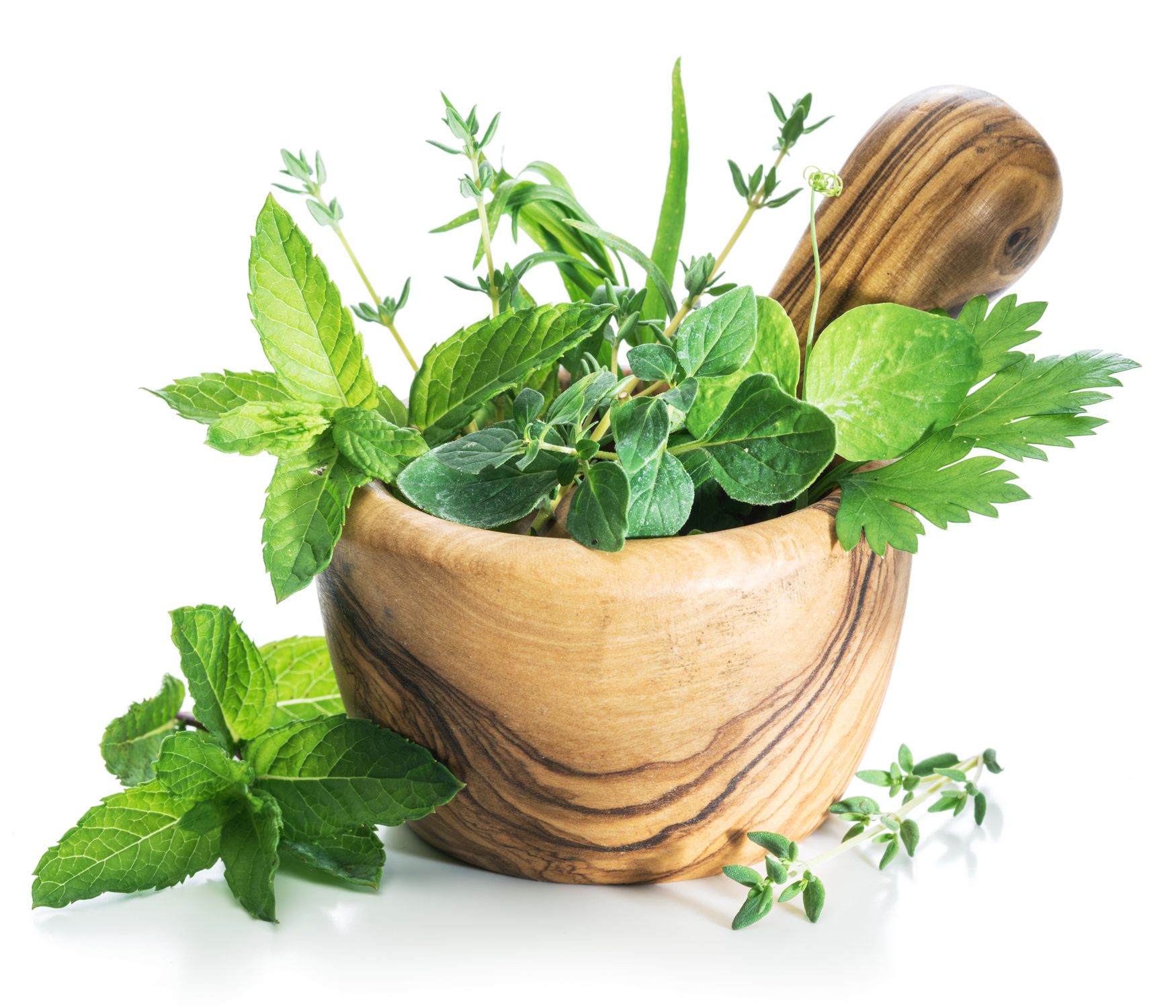Late Summer Garden Color
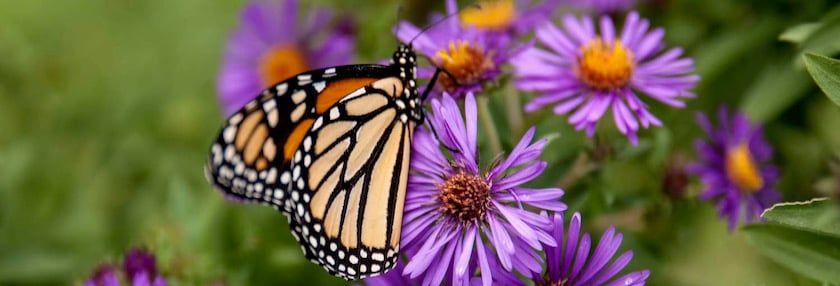

Extending garden color takes just a little planning...and now's the time
Springtime is the season for profuse flowers and colorful gardens. But by August, most flowering plants are done blooming. As a result, late-summer gardens can start looking a little tired.
Extending the beauty of colorful blooms isn’t difficult. All you have to do is include plants in your garden that bloom later in the season.
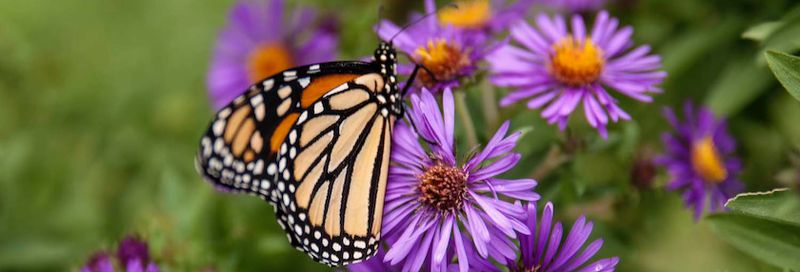
“Perennials that bloom in late summer and fall bring an added dimension to a garden,” said David Salman, chief horticulturist for HighCountryGardens,com. “These plants are essential for providing late-season nectar for all types of bees, butterflies, hummingbirds, and moths.”
Here are some of the plants that Salman recommends for late summer garden color.
Blazing Star (Liatris spp.)
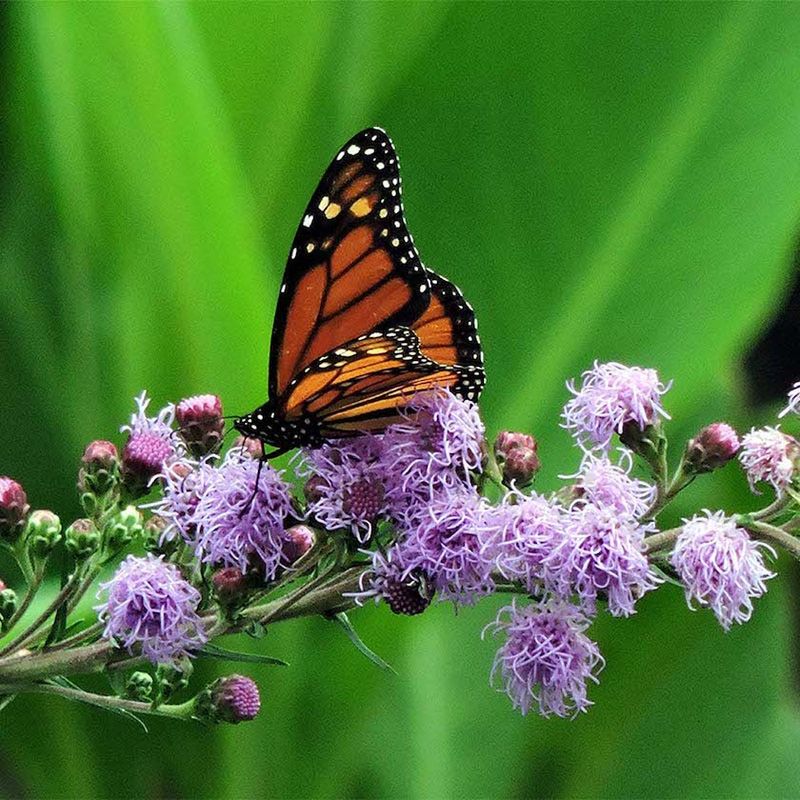
Blazing Star plants (also known as Gayfeather) are late-season bloomers that attract hummingbirds and butterflies. The beautiful flower spikes stand about 3 feet tall and are covered with lavender-pink blossoms.
Liatris species are native to the Midwest and western states, and they adapt to almost any sunny garden. These lovely plants aren’t picky about soil fertility, but they prefer well-drained soil. One inch of water per week will keep the flowers looking great.
Goldenrod (Solidago spp.)
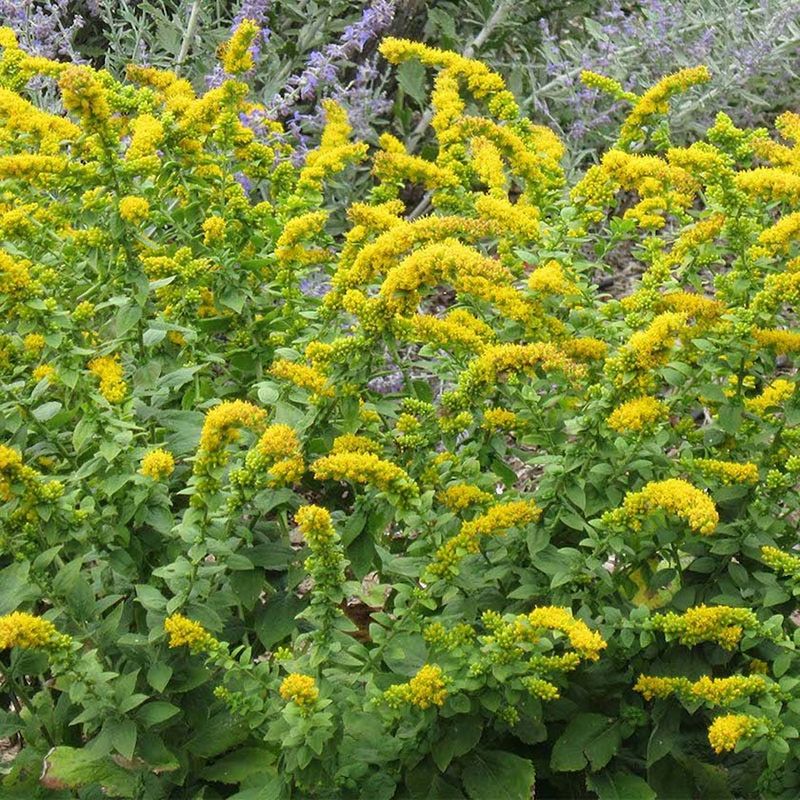
A Goldenrod plant blooms with sprays of arching golden-yellow flower spikes in late summer. It’s a native plant, and some people consider it a weed. But in full bloom, goldenrod is a stunning plant that is a butterfly magnet.
Goldenrod doesn’t need much water, so it’s a great choice for those sunny spots in the drier areas of your garden. Most species grow 3-5 feet tall. But HighCountryGardens.com sells a smaller variety called Golden Fleece Goldenrod that only grows 15 inches tall and 24 inches wide. Use this small variety at the front of a flower garden.
Joe Pye Weed (Eupatorium fistulosum)
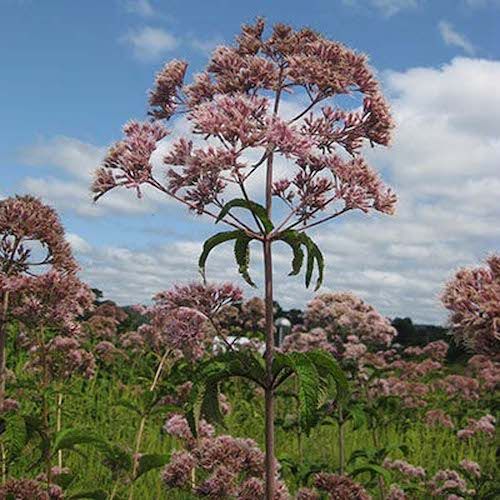
Big, beautiful, and dramatic—that’s Joe Pye Weed in a nutshell. This attractive, large plant produces a ton of pale pinkish-purple flowers from the middle of summer all the way through fall. Oh, and monarch butterflies like this plant, too.
If you have a large garden space, growing Joe Pye Weed is a great way to produce LOTS of color. The plants are cold hardy up through USDA Zone 4, and the flowers have a light vanilla fragrance. This is another plant that likes full sun, but unlike the plants mentioned above, Joe Pye Weed prefers somewhat moist soil. Did I mention this plant is large? In the right conditions, it can reach 9-12 feet tall!
Aster (Aster spp.)
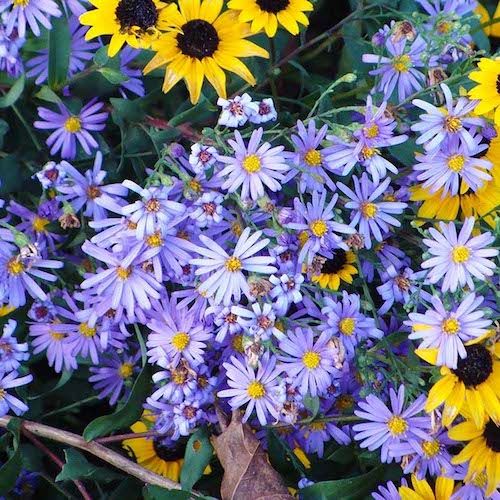
Asters are popular garden plants. The name Aster is derived from a Greek word meaning “star.” The flower does resemble the shape of a star, with an orange center surrounded by thin blue-lavender petals.
The daisy-like flowers give gardens a much-needed shot of color in the late summer and into the autumn season. New England Aster is probably the most common variety, but others such as Bluebird Smooth Aster are equally delightful. Like most late-blooming flowers, Asters attract pollinators. The plants will typically get about 3 feet tall and 2-3 feet wide.
Gray Headed Coneflower (Ratibida pinnata)
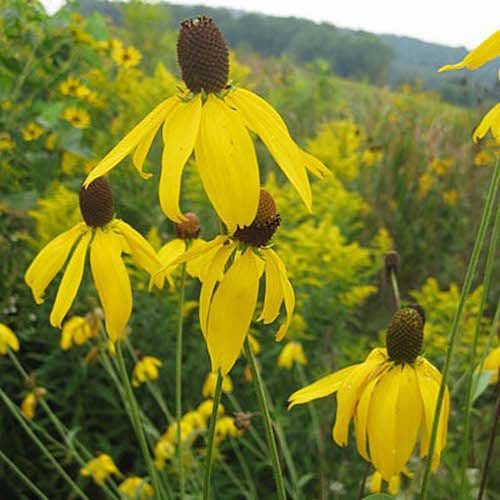
This flower might be called “Gray Headed,” but the dominant feature is the shockingly bright yellow petals that grow from the flower’s head. Gray Headed Coneflower is native to the Plains states, and it happily tolerates most growing conditions.
This flower is a great choice for a sunny border, and it’s a star in a prairie garden. It gets pretty large—3 to 5 feet tall, so it requires enough room to stretch out. But the downward-facing yellow petals really make a statement in a late-season garden.
Ironweed (Vernonia spp.)

Even among late-flowering plants, this is a late-late-flowering plant. Ironweed gets covered in small purple flowers in early- to mid-fall. The nectar-rich blossoms attract bees and monarch butterflies. Ironweed gets its name from the toughness of its stems, which can feel like iron when you are trying to prune it.
Ironweed is a vigorous plant that spreads by seed. It can be a good choice for wildflower meadows and garden borders. Most Ironweed varieties can get quite tall—from 4-6 feet! But Summer’s Swan Song Ironweed, available from HighCountryGardens.com, has a more bush-like growing habit that is 36 inches tall and 40 foot wide. This variety fits well into most smaller garden spaces.
According to David Salman, there is no reason to let your ornamental garden get dull and boring in the late summer and early fall. “The flowering plants in your garden can look colorful and inviting right up to the first killing frost,” says Salman. “All you have to do is select the right plants.”
Photos courtesy of HighCountryGardens.com
Tags:Garden & Landscape

Acreage Life is part of the Catalyst Communications Network publication family.










